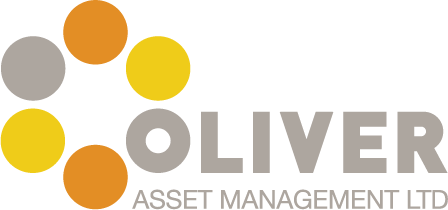In more recent months the trend in our new enquiries has been from small to medium business owners who are not only picking up on the need for business protection but are also now looking into alternative savings for the business liquid assets AND the requirement to provide a company pension scheme under the up and coming automatic enrolment.
If you follow our blogs you will know we’re no strangers to business protection in fact we feel quite passionate about it and more recently we have posted commentary on the structured deposit accounts as an alternative for business cash holdings. We will no doubt continue to revisit these topics with regularity but for this week auto enrolment is the focus.
Although most employers won’t have their staging date until 2015/16, there’s a lot to do to plan and prepare for automatic enrolment. For example, employers will need to consider the cost implications and make sure the right systems and processes are in place to meet the new employer duties. On average, this could take up to two years so it is important employers start to prepare early and as I would say there is no time like the present.
Scottish Life* estimate there will be around 9 stages to the whole process starting off with Employers reviewing their current pension scheme and comparing it to the new requirements to identify any changes needed. If they don’t have a pension scheme, they’ll need to set one up.
Then it will be on to assessing the workforce to determine which types of worker they employ and the duties they have for each type of employee. Following this it will be time to consider the different scheme options available and how these will impact on the employer’s business and workforce.
When the right solution is designed there will need to be agreement on what this solution means for the business and one crucial factor will be ensuring the employer has the right balance between costs and administration of whatever scheme is to be put in place.
With the right scheme design ready and approved it will be important to then review internal processes, that is payroll and HR, as the employer will need to ensure they comply with the new requirements and can work to help keep the scheme compliant.
Depending on the nature of the business Unions may be involved and they will have to be consulted to ensure there is full agreement on the basis of the scheme or contracts of employment.
With all of these considerations covered it will then be time to implement the changes agreed and to ensure the scheme can run smoothly day to day, the workforce is engaged and provided with the right information at the right time.
The final stage will be to run the scheme and ensure the employers continue to meet their duties on an ongoing basis to remain compliant at all times.
It does seem like a lot of work and a long process but it doesn’t have to be daunting and we are already helping firms to make the first steps into the process so they are in a position to make the right decision for their company in good time without a deadline looming over them.
If you are interested in finding out more and would like to discuss the detail of how this could work for you we would be delighted if you got in touch, no time like the present to take a step in the right direction.
We look forward to your call.
Dr Claire Armstrong
*Scottish Life online resources published June 2012 (37W1107)
